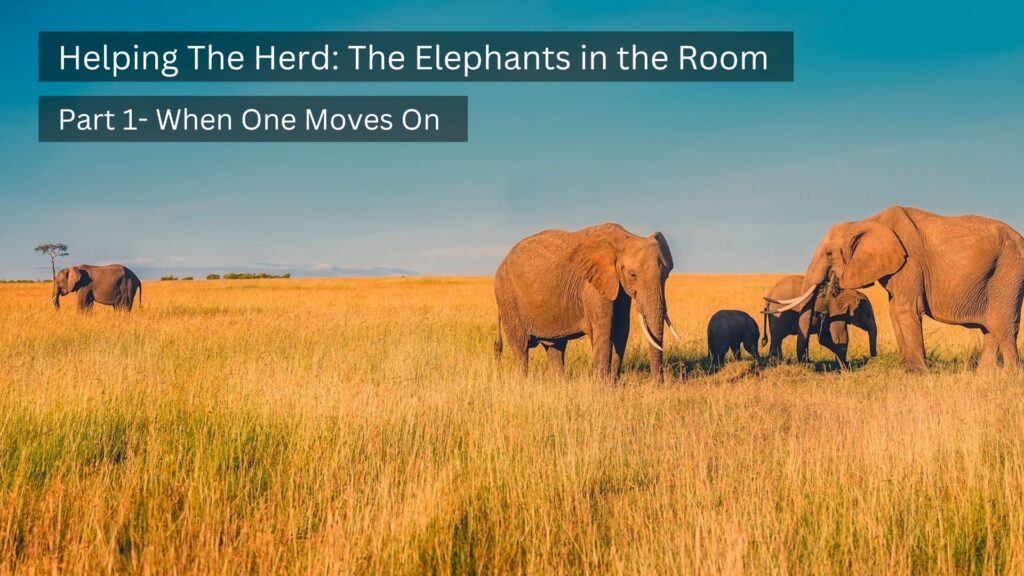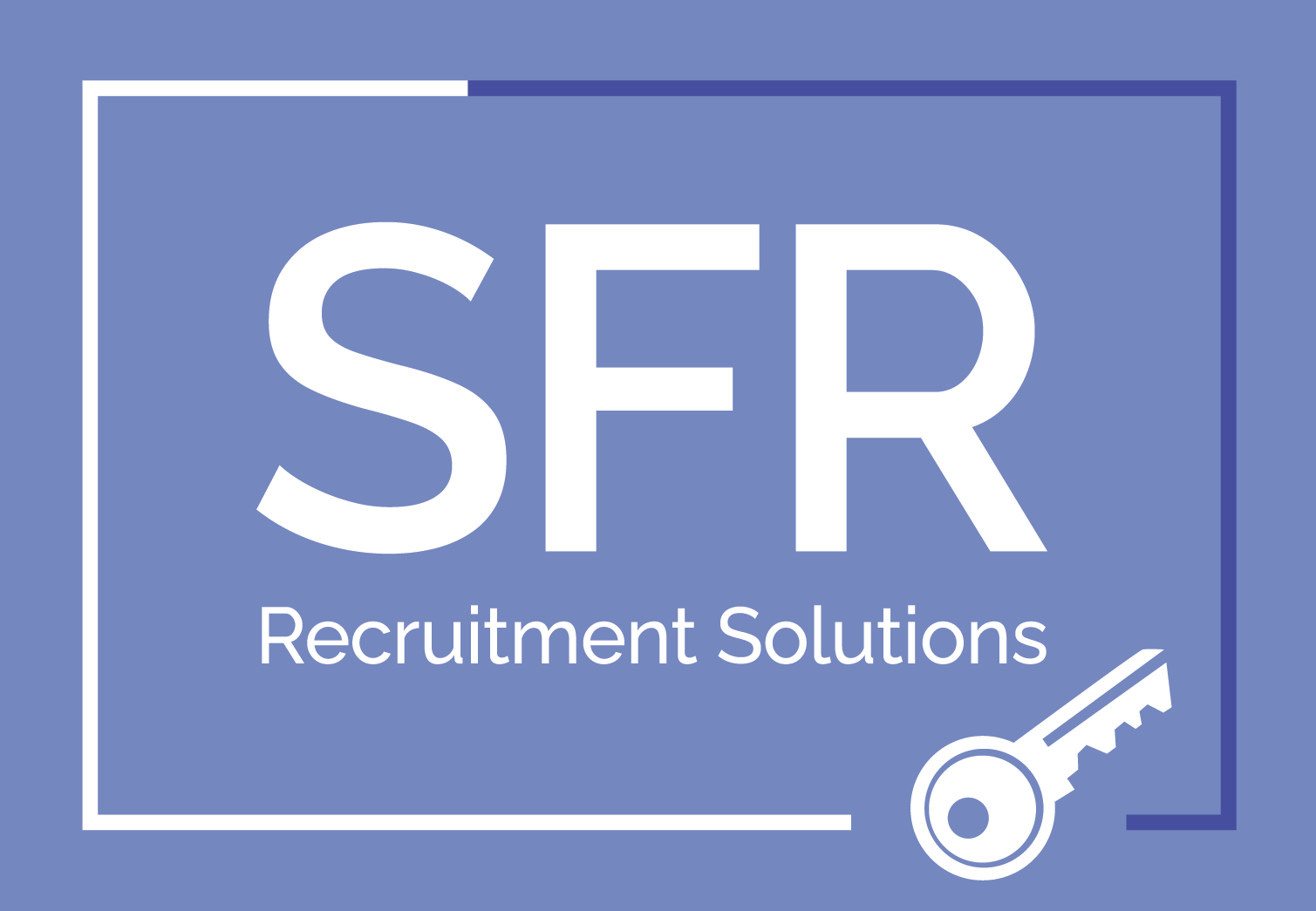
Written by Bryony Matthews & Matthew Robinson
The only thing worse than a work bestie leaving is probably if the go-to guru leaves. You know the type…they live and breathe insider knowledge and are somewhere between the ‘Yoda’ or ‘Alexa’ of your business.
ChatGPT has nothing on them. They know the ungoogleable.
In fact, they often are ungoogleable – among the few that remain off the grid.
Sometimes talent lies in these hidden gems. Oftentimes, talent hides in plain sight and it is easy to forget how niche the industry really is, as we remain immersed in our day-to-day norm.
As a collective, ironmongers in the construction world very much have hidden talents that will become increasingly more relevant, as the requirement to demonstrate competency rises.
The talent pool, however talented, is limited. And the risks that occur when one moves on, can have a ripple effect.
Addressing this head on, requires a balanced level of awareness so that we can challenge norms, nurture positive responses and steer clear of only reviewing risks from a negative perspective.
This is a challenge in and of itself, but it is important to highlight, that in order to grasp the true impact of when talent leaves the industry, calls first for recognition of the value that lies in the talent that we have.
Competent ironmongers are individuals with a very particular set of skills. Skills that have been acquired throughout their career, skills that would make anyone in the industry with a vacancy say ‘I will look for you, I will find you, and I will hire you’.
Point taken.
So, when talent leaves a niche industry such as ours, both the workforce and employers may be faced with several risks, such as; loss of expertise, decreased efficiency, talent shortage, as well as delays and disruption to business as usual.
With a view to maintaining a solution led focus, we explore some initiatives to help minimise the impacts and inspire some solutions, when one moves on;
- Reducing the Risks of Burnout When someone leaves the proverbial building, taking all of their knowledge with them, the rest of the team can be left scrambling for the answer like a countdown conundrum. Firefighting can be caused by many things- but where talent leaving the industry is concerned, the risk of burnout can be proactively reduced through establishing continuity plans.
This involves having systems, processes, and documentation in place to enable others to seamlessly pick up the workload and access relevant information to continue the work – without significant interruption and without unnecessary firefighting. Cultivating and contributing to this way of working also ensures minimal disruption in case one of the team is suddenly unable to work.
- Reducing the Risks of Poaching It’s one thing for talent to leave a company, but it’s another for talent to be poached by another industry. When talent leaves, the risk of poaching can increase due to the temptation in others to follow suit, or because of the ripple effect created by the workload.
We know that the workforce has transferable skills that are desirable for head hunters. Simply providing an open forum to discuss issues can help reduce the risk of talent being lured away. Evaluating and benchmarking are both essential practices to help identify gaps and develop strategies to improve.
Where there is no progression available for an employee, ironmongers that pursue a new opportunity but remain in the industry, contribute to the quality, skills and knowledge of the existing workforce and can serve to improve the value and reputation of the sector. Whilst this may create a gap for their employer, the conservation of talent is of benefit to the wider community.
- Reducing the Risks of Delays
Positions can remain vacant for a longer period than is comfortable, or manageable. Based on the time it takes to fill positions in the architectural ironmongery sector, it’s important to reduce the impact of delays and any potential disruption.
Job descriptions that are up-to-date, inclusive, and clearly outline how to demonstrate attributes, not only to support development discussions but help to optimise the recruitment process. Employers that are open to training candidates and have a clear CPD structure can naturally reduce delays, by opening the position to a wider pool.
Getting people connected at the right place and the right time, as SFR can do, can also support efficient placements. Knowledge of the recruitment climate can not only help to indicate the potential time it will take to fill the opening, but can help to retain talent in the industry.
Whilst we have looked at the impact on businesses, where individuals are concerned, there are different considerations to be made when looking for a position. This leads us on to part two, where we look at jumbo opportunities and titles.
As professionals navigate the ever-changing landscape of their careers, transitioning to new sectors can feel like traversing a challenging terrain. However, should adventure lead to no more than an elephant graveyard, individuals should be assured that they can absolutely find their way back and reclaim a title to thrive in their chosen field once again.
As the headline that inspired this series suggests, we are ready to respond – ‘Returning Talent, We Welcome You!’.
